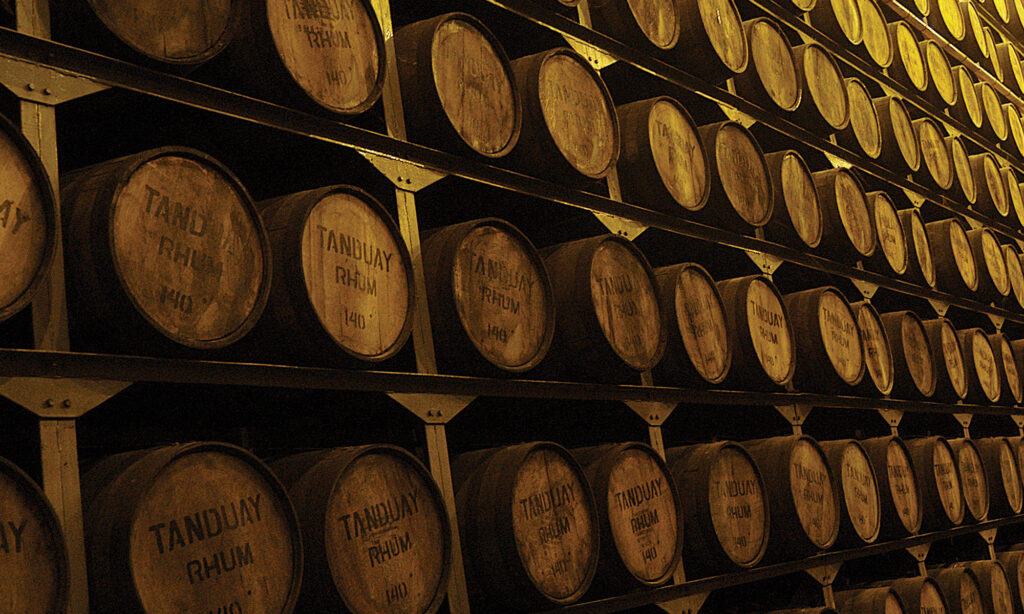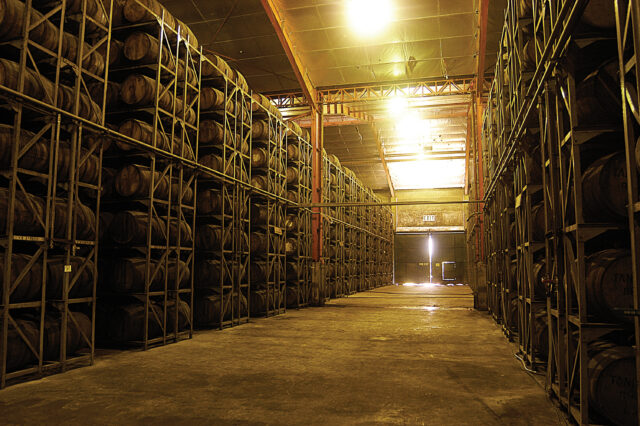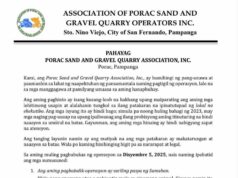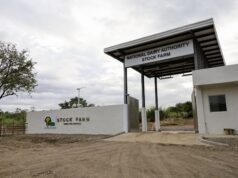MANILA, Philippines – For 171 years, Tanduay has built a legacy on a time-honored barrel-aging process that brings depth and character to its award-winning rums. More than a technique, this process has become a tradition for the iconic Philippine brand and continues to define its place in the world of fine spirits.
“Our approach to balancing aging techniques with innovation is rooted in a deep respect for Tanduay’s tradition and heritage paired with our core values of excellence and innovation. Our traditional aging method of rum maturation in ex-Bourbon barrels is the backbone of our rum’s character,” said Janno Gironella, Jr., Tanduay R&D Head.

The Science Behind the Process
Barrel aging transforms rum through a mix of chemical and physical changes that affect its character. Three types of reactions happen during the process: additive, productive, and reductive.
Additive reactions draw out color, tannins, and aromatic compounds from the wooden barrel in which the rum is store. Productive reactions, meanwhile, help form new compounds like ester, which gives rum its fruity notes. Reductive reactions mellow harsh elements, reducing negative flavors and aromas through evaporation, reaction with charred wood, and other chemical transformations.
Factors That Affect Barrel-Aging
Gironella explained that there are other factors at play when it comes to barrel-aging. They include the type of barrel used, the climate in which the rum is aged, and the duration of the aging all significantly influence the final taste and character of the rum as much as the molasses used. Tanduay specifically uses Grade A molasses from quality sugarcane.
For its barrels, Tanduay uses those that previously contained Bourbon and are made from American oak. Rich in vanillin and lactone, these barrels impart vanilla and coconut flavors. Another type of barrel, though not traditionally utilized by Tanduay, is the European oak, which imparts more subtle flavors than its American counterpart.
When it comes to climate, the World’s Number 1 Rum enjoys the advantage of being in a tropical country. A proudly Philippine-made product, its facilities can be found in different regions across the country.
“Because of the high heat and humidity in the Philippines, the additive, reductive, and productive reactions are accelerated. Flavors are extracted faster than it would in cooler regions. The lighter or more volatile compounds that create a harsh alcohol burn taste also evaporates faster to produce a smoother and more integrated mouth-feel,” Gironella said.
Talking about the role of the aging period in the final product, he said the raw alcohol that goes into a barrel is typically sharp, spicy, and fiery and the liquid’s interaction with the oak barrel and its surrounding environment would alter its taste and character over time.
“The rum absorbs the most immediate notes from the wood like vanilla and a touch of wood in the first year or two. The taste becomes rounded with a subtle sweetness. When the aging stretches to 5-7 years, the rum’s character deepens significantly as the wood starts imparting richer, darker notes like toffee and dried fruit and produces subtle notes of coconut, fruity esters, caramel, and baking spices. After 10 years, the rum would develop a robust, sophisticated profile,” Gironella shared.
How Tanduay Addressees Challenges in Barrel Aging
Managing aging warehouses in multiple locations, having barrels that vary in character, coordinating the movement of products, and maintaining consistency are some of the biggest challenges that come with barrel-aging rums.
“We’ve built a robust quality control system to ensure that every barrel gets inspected before filling and are tracked in a centralized database. We source our barrels from trusted cooperage and strategically distribute them across sites to minimize variation,” Gironella shared.
Tanduay has also assigned a dedicated aging crew to collect samples from each site, pulling samples from every batch and submit it for testing. It uses a standardized physicochemical analysis and sensory test benchmarked against a “reference library” of archived rums. If a batch is off, Tanduay flags it for blending or extended aging. Final blends are mixed according to instructions of expert blenders to ensure they match the target profile.
Sustainability and Sourcing
Tanduay has long relied on once-used American oak barrels from the Bourbon industry, a practice that is both practical and eco-friendly. After these barrels have been used to age its rums, they are given another life–using them to age Ginto, its barrel-aged gin product that is uniquely crafted for Filipino consumers. Since the barrels carry traces of rum, Ginto produces a distinctive profile with its woody notes, subtle sweetness, and hint of spice, which set it apart in the market.
When the barrels are finally spent, some of them are transformed into garden planters, fences, furniture, or decorative barrels while others, are broken down into staves and used as firewood for Tanduay’s boilers.
The Future of Barrel-Aged Rums
Gironella said that rum is gaining recognition as a sipping spirit, with those aged over five years taking center stage.
“To meet this growing demand, we’re enhancing our volume of premium aged expressions. The new aging warehouse in El Salvador, Mindanao, will boost our current capacity, easing pressure on existing warehouses and making our operations more sustainable. We’re also building on our ex-bourbon barrel inventory with trials in alternative casks. Ex-sauternes and ex-sherry barrels are already in the launch pipeline as part of our Tesoro Range, a collection of super-premium reserve rums. We are also planning to release small batch limited edition rums featuring other cask finishing,” he said.
Tanduay is continuously innovating with rum distillates to unlock new flavor profiles and developing new aging processes.
“At the core, consistency starts with a solid foundation in tradition. We have detailed profiles for every rum in our portfolio. These come from decades of tasting notes, barrel records, and warehouse data, all recorded meticulously through our quality management system. Our blenders and trained sensory specialists are the gatekeepers, sampling batches regularly to ensure nothing drifts,” Gironella concluded.





